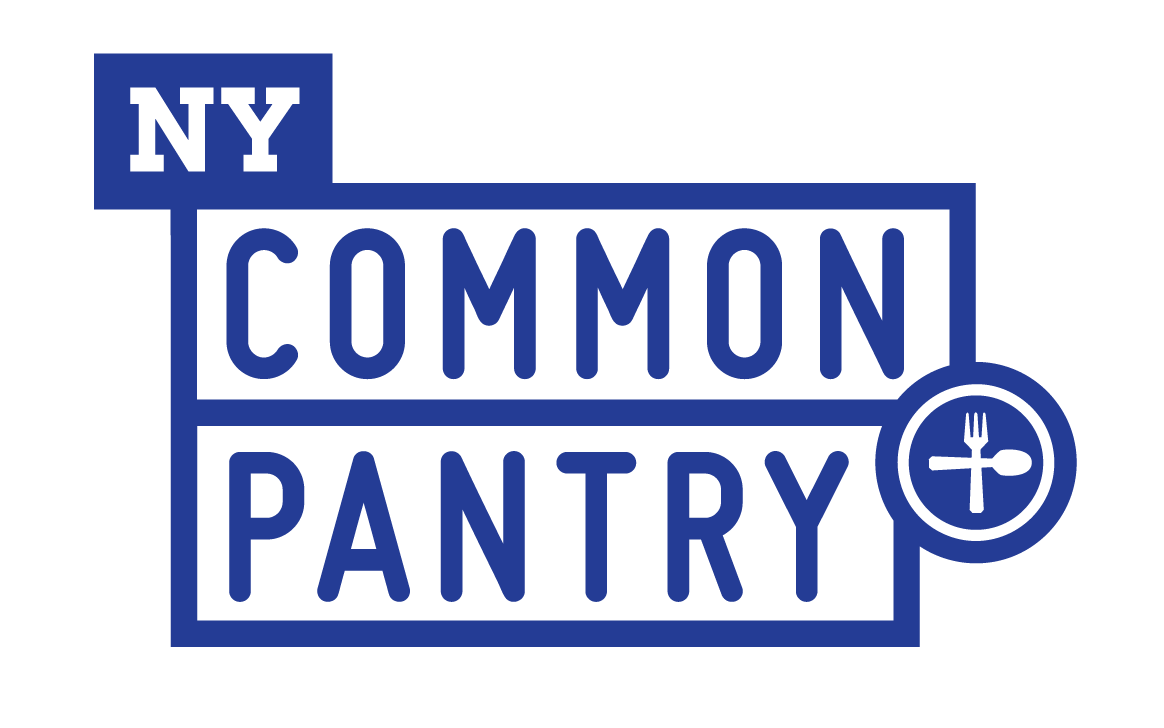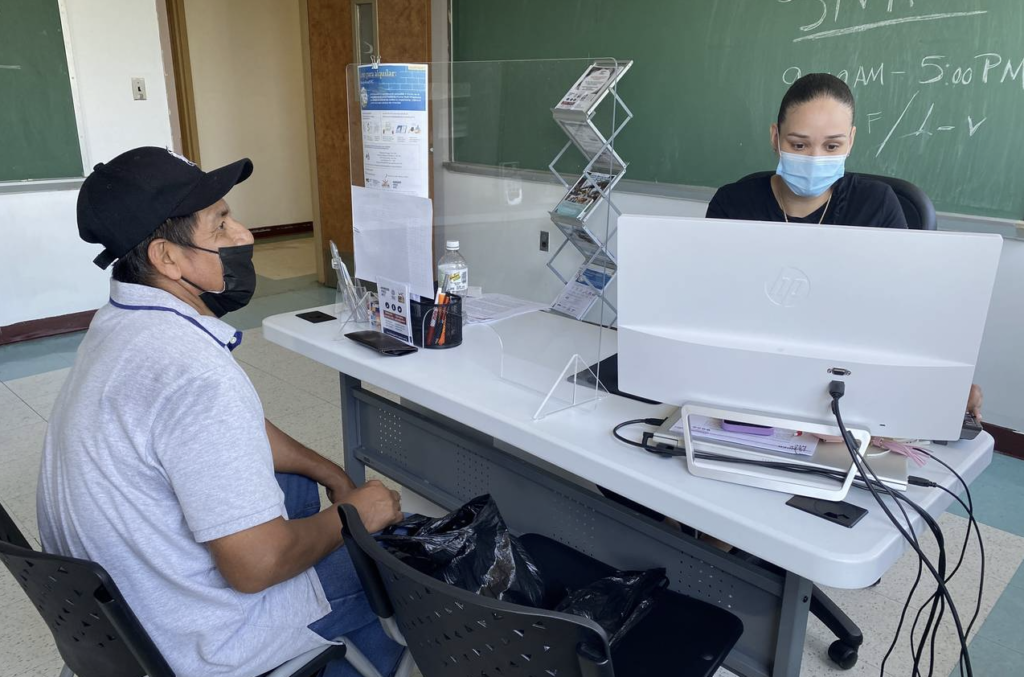Article by Arun Venugopal for Gothamist. Read the original story here. Photo courtesy of Gothamist.
Food prices in the New York area have jumped more than 9% in the last year, according to a new Bureau of Labor Statistics (BLS) report, and experts caution that they are unlikely to ease up in the foreseeable future.
The price climb, which took place over the 12 months ending in June, is the steepest in the last 40 years, according to the BLS. The strain is especially hitting poor and working-class New Yorkers and immigrants, many of whom were already struggling to stay above water in a notoriously expensive city.
“This is devastating,” said Judy Secon, deputy executive director of New York Common Pantry. “And people just have had to bear so much of this pain.”
Prices have skyrocketed due to a confluence of global disruptions, including the war in Ukraine, poor harvests and supply chain chaos caused by the pandemic. And it’s not just food prices causing pain. New Yorkers are also being hit by higher rents and fuel prices.
All these factors are putting a strain on both poor and working class families and the food pantries that support them when they need it.
Juan Garcia, a 61-year-old bakery employee who lives in Corona, Queens, said his family began to feel the pinch in February. Since then, they’ve been cutting back on vegetables as well as chicken, pork and beef, all staple proteins for the family. He said he had to occasionally deny his two children treats, like ice cream.
“It’s been a struggle to support my family with food,” said Garcia, speaking through an interpreter at the Queens office of Hunger Free America, a national organization. He was there to apply for federal Supplemental Nutrition Assistance Program (SNAP) benefits, formerly known as food stamps.
By one measure, the money from the SNAP program going to qualifying low-income New York City residents each month has more than doubled in recent years, from $223 million in April 2019 to $463 million this April, said Joel Berg, the CEO of Hunger Free America. Berg estimated that more than $5 billion would be spent this year on SNAP benefits for 1.7 million New Yorkers, and credited the Biden administration and Democratic leadership in Congress for expanding the program.
“A vast expansion of the federal safety net,” said Berg, was “the only thing that has prevented developing-world levels of famine or starvation in America and New York.”
Citymeals on Wheels, a nonprofit that delivers meals to nearly 20,000 homebound seniors in the city, said rising gas prices have impacted its work. It spent nearly double on gas in the last fiscal year to deliver the same number of meals.
New York Common Pantry, a nonprofit group that aims to reduce hunger, said it is being squeezed by food prices. In 2020, before the onset of the pandemic, it spent 83 cents to procure a quart of milk, according to Secon. Now staff pays $1.09, a 33% increase. Meanwhile, 12 jars of peanut butter that cost $14.26 has doubled to $28.42. Both milk and peanut butter are valuable proteins for people confronting food insecurity. Canned fruits have gone up 85% in price, said Secon.
Other groups said inflation had forced them to cut back just as needs are soaring.
Pedro Rodriguez, executive director of La Jornada, a chain of food pantries across Queens, said his sites are only able to give out half the food they did in 2019 because the cost of that food has doubled – “a hundred percent,” he said.
“And it’s gonna get worse,” he said. “We’re in deep trouble.”
Alexander Rapaport, executive director of Masbia, which runs soup kitchens and food pantries in Brooklyn and Queens, said that in earlier phases of the pandemic, a combination of private donations and government programs meant that “we were able to give a family 70-80 pounds of all kinds of groceries, especially lots of fruits and vegetables. Now, if we can give them 30-40 pounds of groceries, I would be happy.”
He said the present moment “is worse than in the hardest time of the pandemic.”
Masbia operates a “digital breadline” through the Plentiful food app, which allows people to sign up for bread online. Rapaport said 6,000 people typically try to sign up for a total of 1,500 slots, with the vast majority going away empty-handed.
“Everyone’s scrambling over each other,” he said.
Many of the families, said Rapaport, come from Russian-, Chinese-, Urdu- and Spanish-speaking immigrant communities, among others – and don’t receive SNAP benefits.
“They’re usually scared to apply even when they’re eligible,” he said.
Mark Cohen, director of retail studies at Columbia University’s Business School, said he thinks high food prices will last another year or more, assuming no new factors arise to keep them high longer.
He said the government “is acting as aggressively as it can in raising interest rates to slow inflation down.” President Joe Biden, he noted, has also pushed oil and gas companies to increase production in order to bring down fuel prices.
In the early 1970s, President Richard Nixon ordered a temporary freeze on all retail prices as a tool for fighting inflation. But Cohen said such drastic action by Biden does not seem imminent.
“I don’t see that being bandied about at the moment,” Cohen said.
A more likely tack, he said, would be for the Biden administration to expand the SNAP programs.

